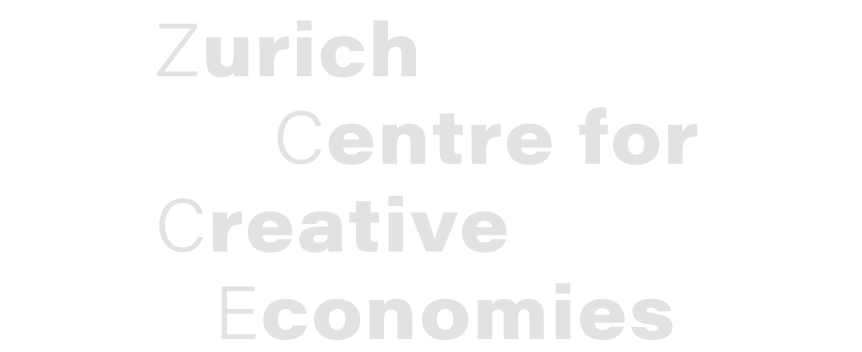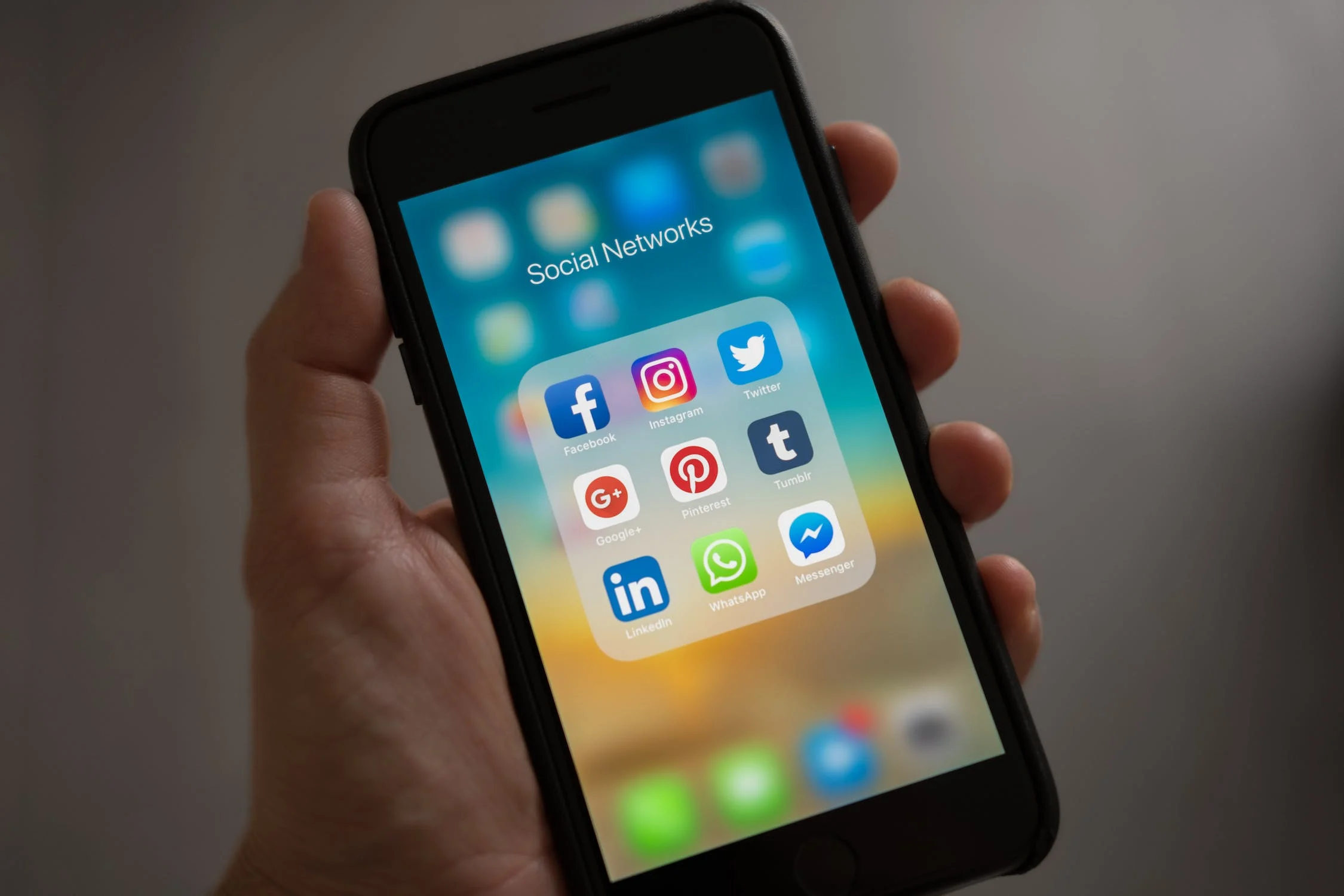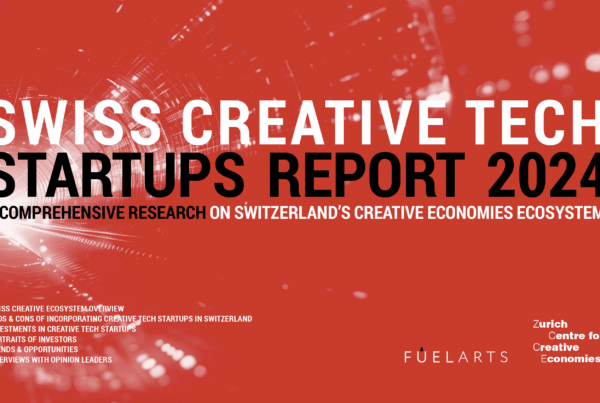
How do platforms impact the news media?
Rasmus Kleis Nielsen and Sarah Anne Ganter, The Power of Platforms: Shaping Media and Society (Oxford University Press, 2022).
Rasmus Kleis Nielsen is the director of the Reuters Institute for the Study of Journalism, (1) which publishes the annual Digital News Report. He works alongside Sarah Anne Ganter, a research associate at the same institute. Their book explores the impact of platforms (2) on to journalism and the media. (3)
Nielsen and Ganter argue that the power of platforms is entirely relative to their ability to attract users and partners — who include content (media) publishers.
Indeed, platforms do not control the means of production, but the means of connection. They have no value and no power without their partners (third parties). The Power of Platforms traces the history of the relationship between platforms
and the media.
The authors observe that the media make short-term choices that have a long-term structuring effect. While platforms and their partners have power, a considerable asymmetry exists between platforms (which compete only with a few rival platforms) and most media (which compete both with each other and with platforms). Nielsen and Ganter explore how platforms exercise their power in relational terms (i.e. vis-à-vis the media). Their answer, briefly put, is by means of socio-technical systems, which gradually become increasingly interdependent (for details, see below).
Chapter 1 discusses how the relationship between the media and platforms began, (i.e. with a wide range of opportunities for the media). The subsequent chapters examine the history of this relationship (chapter 2), the reaction of the media (chapter 3), and the relationship of platforms with the media (chapter 4). What do platforms change? They establish a third party — which has become crucial — between the media and their audiences.
What are platforms?
What is meant by platforms? The Power of Platforms focuses chiefly on Facebook and Google. Nielsen and Ganter emphasize that the real competitors of platforms are other platforms, and that assert oneself in this market proves difficult (due to multiple takeovers, the growth of other platforms like TikTok, etc.). Platforms differ in many ways. Common to those considered by Nielsen and Ganter is , first, that they provide their services primarily through digital media, which any Internet user may access anywhere. Second, this enables platforms to aim for a global scale, which are strongly incentivized to achieve for three reasons: economies of scale, powerful network effects, and data network effects. Third, these platforms are engineering companies, dedicated to building problem-solving technologies. Unlike the media, most platforms produce little original content. Regarding Google, the media have had to compete directly with this omnipresent search engine for advertising revenue. For the media, this initiated a revolution: although Google still directs traffic to media sites, it is now competing with them for digital advertising.
The evolution of Google’s advertising activities highlights so-called platform power: It is relational, based on vast numbers of ordinary users and third parties. This power is enabled by a social and technical infrastructure developed by Google that sets standards, establishes (and breaks) connections, operates automatically, is largely impenetrable for outsiders, and operates in multiple domains.
Google is a so-called “frenemy,” a contraction of friend and enemy. Platforms provide the media with access to audiences and, in return, provide access to their content. This also applies to other platforms.
The five characteristics of platform power
Platform power has transformed how the media produce content. Often exercised asymmetrically, this power has five characteristics. First, the power to set standards that others must adopt if they want to be part of the socio-technical networks established by platforms.
Second, the power to create and break links within these networks by changing the technical rules or protocols (algorithms). “What the algorithm gives, it can take away.”
Third, the power to automate actions on a large scale since platforms enable billions of interactions everyday.
Fourth, the power of asymmetric information, both for users, competition authorities, regulators, and other external actors. Platforms operate as black boxes that remain inaccessible to third parties. Third parties only see data going in and out without knowing what is actually happening. Only platforms know how the process works and have access to accurate data.
Finally, the power to operate across multiple domains. For example, data collected from a shared photograph can be used for targeting advertising on another social network (e.g. if we share a photograph on Facebook and Instagram, WhatsApp also knows where we took that image from).
Information has not kept its promise about platform growth
Platforms believed that information was their subject. In fact, the relationship between platforms and the media has evolved. In 1998, Google aimed “to organize the world’s information.” In 2014, Mark Zuckerberg declared that he wanted “to build the perfect personalized newspaper for people around the world.”
Today, platforms are well aware that information represents only four percent of the time spent online — a marginal figure for which platforms are partly responsible.
We have witnessed the growth of what Nielsen and Ganter call “platform publishing,” a situation where news media have almost no control over the distribution of their content.
Platforms have evolved between their launch and today: Their services have expanded over time. Google is not simply a search engine, nor is Facebook merely a platform for connecting profiles among friends. Journalists use Google for research, find sources and inspiration on Twitter, and communicate via WhatsApp and Gmail. By 2020, Google had seven products with over one billion active users worldwide (Gmail, Android, Chrome, YouTube, Maps, Search, Google Play Store).
In many countries, search engines and social networks are more popular sources of information than news media sites. One important paradox remains: The media have more power when they use the products and services of platforms, which are responsible for many of their problems today.
What irreversibly entangles the media and platforms?
The growing importance of platforms and their increased control over both channels and audience attention is changing the game. Media outlets remain critically important as producers of information, and many continue to have direct relationships with their most loyal users. Increasingly, however, users are finding information through products and services offered by platforms like Google and Facebook. Platforms are disintermediating the link between the media and audiences. The goals of public service media are tied to both editorial ambitions and organizational imperatives. They want to reach a wide audience and — and be considered relevant and valuable — by the public they serve, including hard-to-
reach younger audiences.
The main concerns for the media are: First, having editorial control, how exposed are we to? In what context will our content appear? Can we lead people from one piece of content to another ? Will they recognize and remember us as the content producer or merely as the platform through which the information was viewed and found? Second, obtaining data: Can we access and leverage useful information about our audience in an increasingly distributed environment dominated by platform companies?
Finally, earning revenue: for private sector media, advertising, sales and other monetization opportunities; for public service media, brand recognition and attribution that help legitimize their public funding. Nielsen and Ganter make an interesting distinction between onsite and offsite media strategies. For example, Buzzfeed states that “it doesn’t matter where the content lives.” Too often, platforms act, leaving the media to react (algorithm, formats, etc.).
Nielsen and Ganter criticize the media for lacking a clear enough strategy, either onsite or offsite. Media strategies, they argue, are in fact often governed by platforms themselves.
Pursuing an onsite strategy is not easy for media lacking enough exclusive or dense content to attract a large audience. Public service media have limited strategic autonomy and therefore mostly opt to coexist and collaborate with platforms (the alternative would be confrontation). Coexistence also comes down to size : Many media are too small to really negotiate with platforms. Being present on platforms changes how the media produce content. It also changes the content produced, and ultimately changes the content published. One example is choosing titles based on the logic of online referencing.
Nielsen and Ganter conclude that in the over twenty years in which platforms have risen to prominence, the media have often relied on legislators to control these structures. The media’s objectives in their relationships with platforms are clear: First and foremost, to gain an audience, followed by its potential conversion to one’s own sites and apps.
Asymmetrical relations between the media and platforms
The problem is that information is only one of many contents available on platforms. Consequently, the media have very little influence, even though some are important given their symbolic value. For platforms, for example, local information is no different from national information. Non-media partners and news producers often have conflicting priorities. Indeed, “platforms build their business and their systems around facilitating exchanges between many different types of actors.” Not everything is focused on information.
Platforms consider media to be a set of complementary third parties (among others) that can enrich user experience and help a platform maintain its position and monetize user presence on that platform. While the media cannot always find an alternative platform, platforms can almost always find other content producers (media or otherwise). Access to content in exchange for outreach has become the de facto norm. Most direct relationships between the media and platforms tend to become increasingly entangled. The media are encouraged to rely on platforms for analytics, clouds, services, monetization, etc. Thus, the media may not like Sundar Pichai’s (the Google CEO’s) observation that their future is tied to platforms. And yet, everything the media are doing suggests that they know he is right.
What solutions for the future? Platform power is here to stay
The media are not really able to shake up how platforms work. If all news producers pulled out simultaneously, that would create a problem. What if a few pulled out, even the large ones? That would have no impact. For a few years, European regulation has shown that platforms are not beyond the
reach of regulators. We are still waiting to see the effects. But the appointment of Lina Khan as chair of the Federal Trade Commission (FTC) a year ago suggests that the United States could well be taking significant steps toward platform regulation.
The power of platforms has been fundamentally reshaping our media environment for the past 20 years and, by extension, influencing how we obtain information, how it is produced, and how we connect with each other. While platforms differ, many have benefited from regulatory environments that are often characterized by the combination of particular factors: First, inaction by governments and regulators, who have often done little to adapt existing regulatory frameworks, thus creating a legal vacuum. Second, platforms have benefited from provisions protecting them from the consequences of user action. They also benefit from not being covered by existing regulations, such as those governing
newspapers and broadcasters or telecom and internet service providers. Platforms benefit from data protection and privacy frameworks often lagging behind technological developments and user behavior.
Finally, they also benefit from competition authorities that focus on the risk of consumer harm. Today, these five areas are under scrutiny, particularly in Europe. The regulatory path forward is long, slow, and uncertain. It also seems possible, according to The Power of Platforms, that the media will take a corporatist approach to collaboration in order to deal with platforms. The media could
collaborate to create their own alternatives to some of the products and services offered by the dominant platforms. Examples include NPR, Radio Canada, Radio France, Salto in France, Auvio in Belgium.
The problem with collective action is that competition authorities and other regulators might view any attempt by platforms to take a common approach as a kind of cartel.
The impact of platforms extends far beyond information. Increasingly, platforms are distributing attention, enabling new forms of expression and engagement, as well as creating and changing incentives for public communication.
According to Nielsen and Ganter, the power of platforms is here, and it is here to
stay. It is a defining characteristic of our societies, today and tomorrow.
Translated from French by Mark Kyburz
Footnotes:
(1) The authors note that the Reuters Institute is funded by Google and Facebook, among others. The institute has received about 17 million euros since 2015 from both companies.
(2) Nielsen and Ganter define platforms as follows: “large technology companies that own and operate digital plateforms that enable interaction between at least two different kinds of actors (typically users and advertisers) and in the process come to host public information, organize access to it, and create new formats for it.”
(3) Kleis Nielsen and Ganter speak of “publishers,” which they define as “organizations that produce news and make it available to the general public.”






